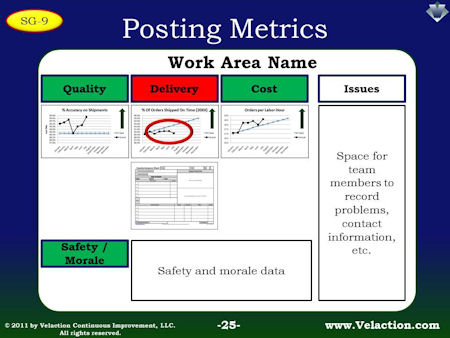Lean Blog-Gotta Go Lean Poll Question
POLL: What training products would help you the most?
POLL QUESTION: Which training product would most help you develop a stronger continuous improvement culture in your organization?
One of our goals is to help you create the best continuous improvement training program possible. We do this through a combination of various factors:
- Our personal knowledge of how to teach people about continuous improvement
- An review of our competitor’s product lines
- more…

